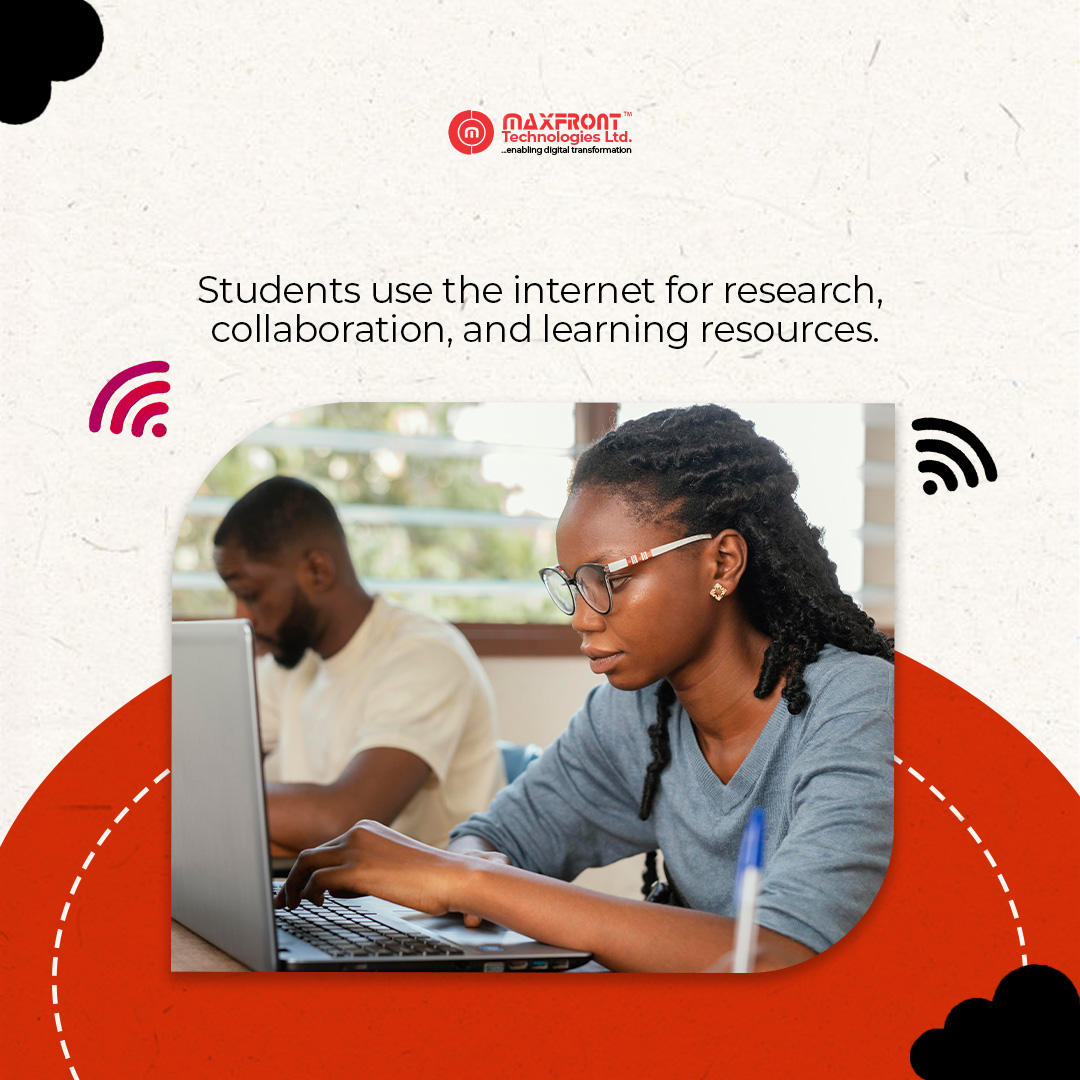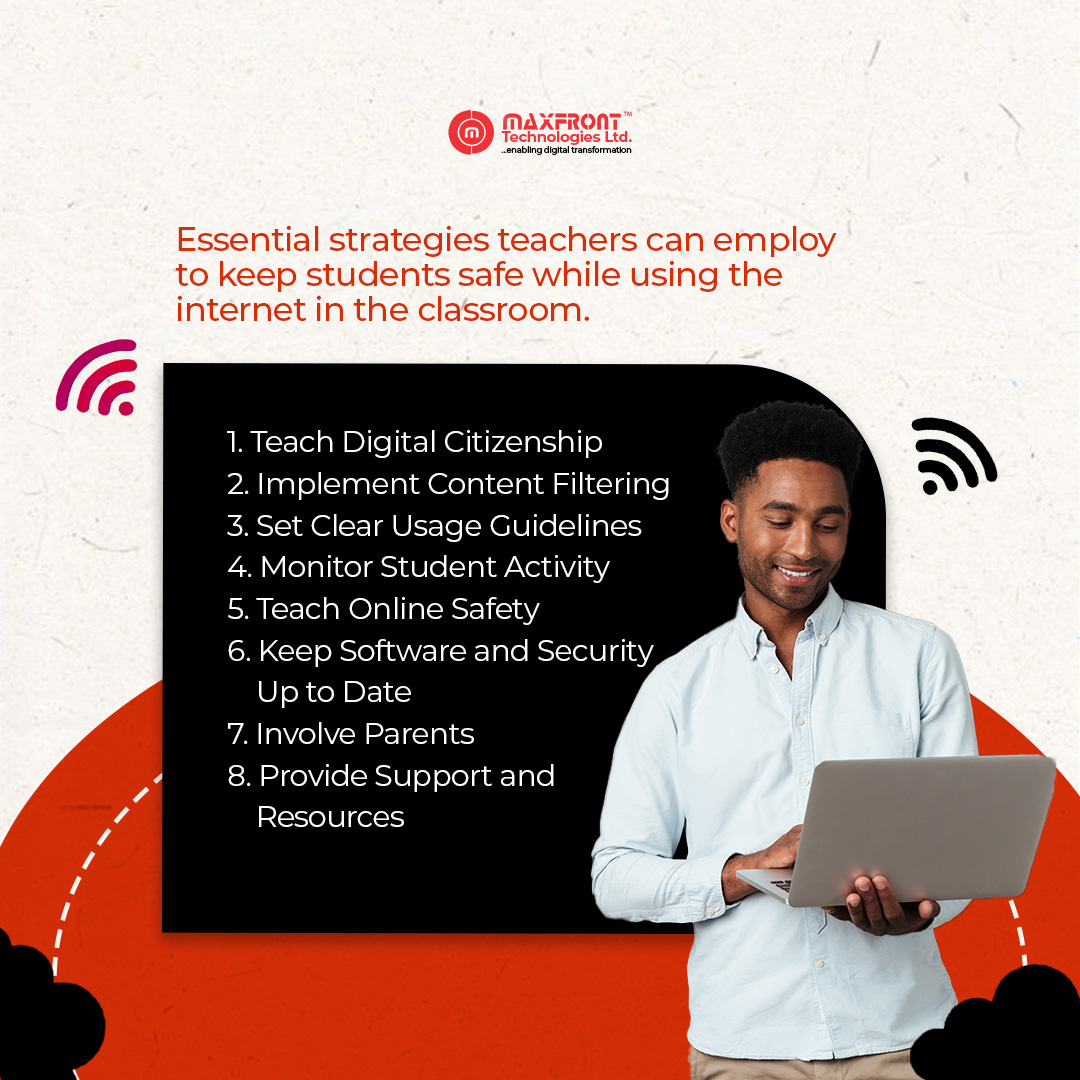
Introduction
In today’s digital age, the internet has become integral to the educational experience. Students use the internet for research, collaboration, and learning resources. However, with this increased online presence comes the responsibility of ensuring their safety. In this blog post, we’ll explore essential strategies teachers can employ to keep students safe while using the internet in the classroom.

- Teach Digital Citizenship
One of the fundamental steps in ensuring internet safety is to educate students about digital citizenship. Teach them about responsible online behavior, including respecting privacy, practicing good netiquette, and understanding the consequences of cyberbullying. Encourage them to be critical thinkers and evaluate online sources’ credibility.
- Implement Content Filtering
Utilize content filtering tools or software to restrict access to inappropriate or distracting websites. Many schools have policies in place to filter content, but it’s crucial to stay updated with the latest filtering technologies and ensure they are effectively implemented.
- Set Clear Usage Guidelines
Establish clear guidelines and rules for internet use in the classroom. Ensure students understand what is considered acceptable online behavior and the consequences of violating these rules. Consistency in enforcing these guidelines is key.
- Monitor Student Activity
Regularly monitor students’ online activities while they are using school devices. Monitoring software and applications can help teachers keep track of what students are doing online. However, always respect students’ privacy rights and inform them that the school may monitor online activities.
- Teach Online Safety
Incorporate lessons on online safety into your curriculum. Cover topics such as creating strong passwords, recognizing phishing attempts, and safeguarding personal information. Encourage students to report any suspicious online encounters immediately.
- Keep Software and Security Up to Date
Ensure that all software and security measures on school devices are up to date. This includes operating systems, antivirus software, and firewalls. Regular updates help protect against potential security vulnerabilities.
- Involve Parents
Engage parents in the process of internet safety. Share information about your classroom’s online activities, guidelines, and how they can reinforce internet safety practices at home. Open communication with parents can create a unified approach to online safety.
- Provide Support and Resources
Offer resources to help students and parents navigate online safety issues. This might include informational pamphlets, websites, or guest speakers who can address internet safety concerns.
Conclusion
Incorporating these strategies into your classroom can create a safer online learning environment for your students. Remember that internet safety is ongoing, and staying informed about emerging online threats is crucial. By fostering responsible digital citizenship, setting clear guidelines, and utilizing technology effectively, teachers can ensure that students harness the power of the internet while staying safe and protected. Together, we can empower students to be responsible and secure digital citizens in today’s connected world.
Now that you’ve explored these strategies for ensuring student internet safety, it’s time to implement them. As educators, your role is vital in shaping responsible digital citizens. Implement these strategies, engage with students, and continuously promote internet safety. Let’s create a secure online learning environment together!